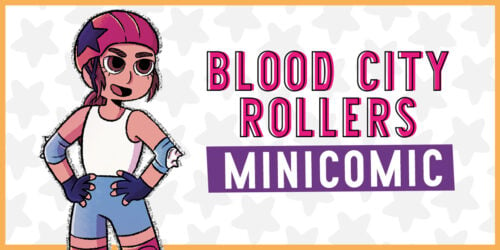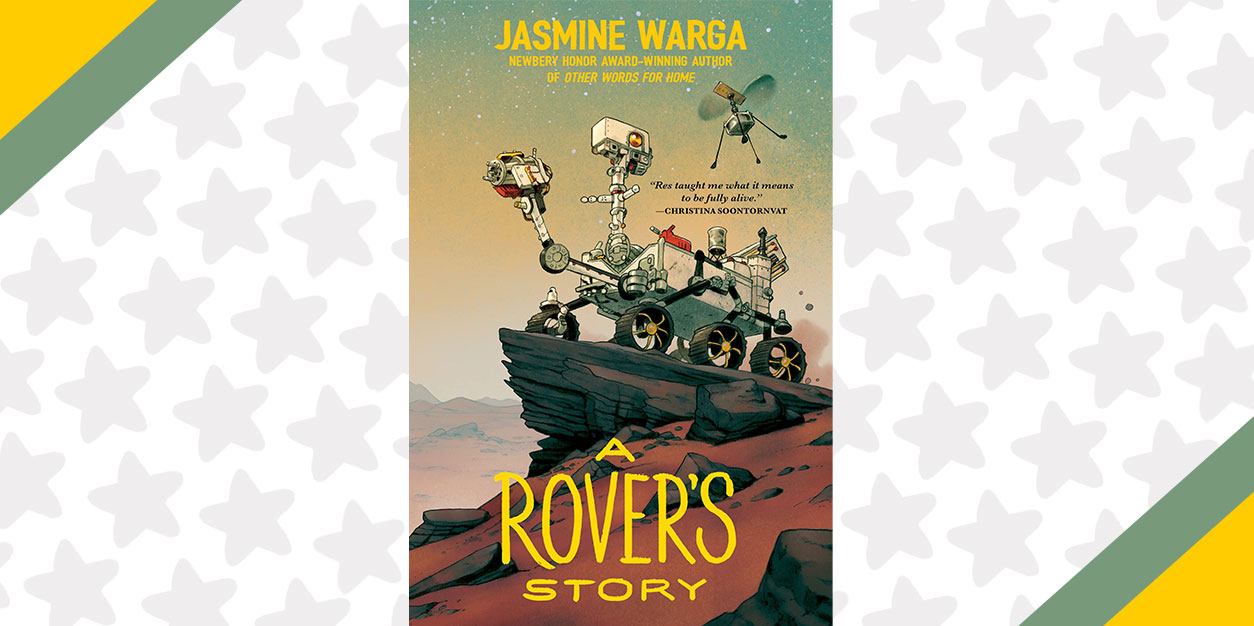
Resilient Rovers & Mars Exploration: 5 Fun Facts About a Rover’s Story
If you’re a science lover, you likely know all about the rovers like Curiosity and Perserverence that are currently roaming and exploring Mars. These rovers and the ones that came before them took years of research and hard-working, brilliant people to create, and are one of the most significant accomplishments in human history. These rovers and the data they gather help push science and space exploration forward every single day.
But what if these rover had feelings? How would it feel about spending its days roaming through the unknown on a dangerous red planet? What would they have to say? That’s what author Jasmine Warga explores in her incredible new read, A Rover’s Story.
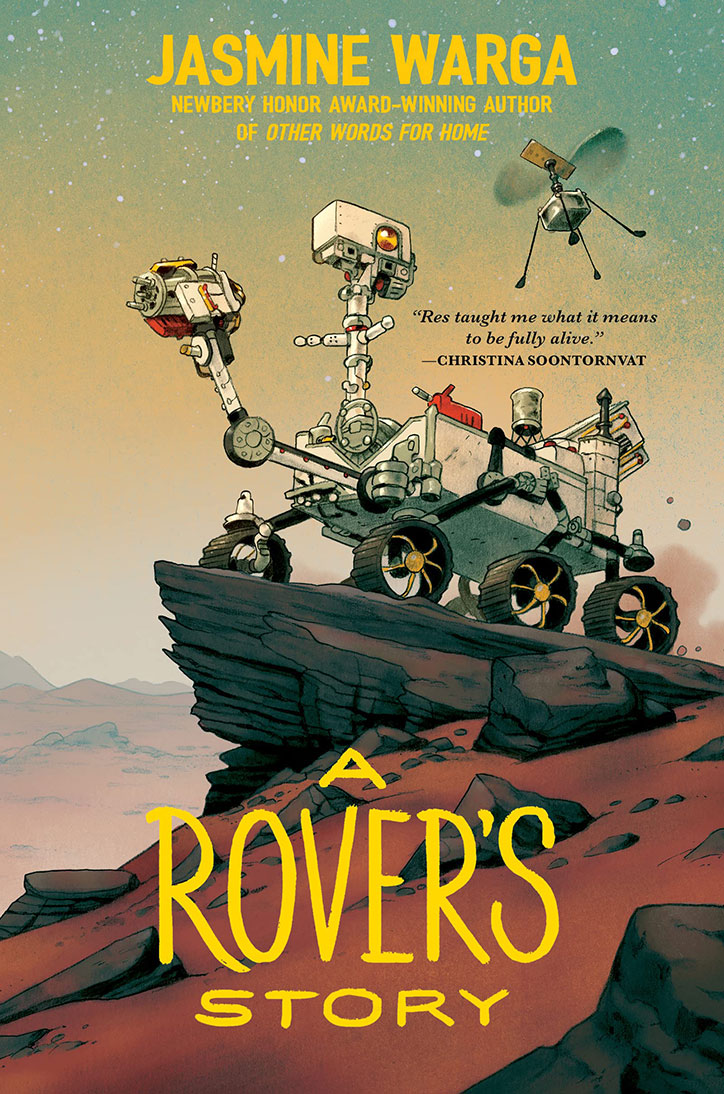
The One and Only Ivan meets The Wild Robot in this unique and deeply moving middle grade novel about the journey of a fictional Mars rover, from the Newbery Honor–winning author of Other Words for Home.
Meet Resilience, a Mars rover determined to live up to his name.
Res was built to explore Mars. He was not built to have human emotions. But as he learns new things from the NASA scientists who assemble him, he begins to develop human-like feelings. Maybe there’s a problem with his programming….
Human emotions or not, launch day comes, and Res blasts off to Mars, accompanied by a friendly drone helicopter named Fly. But Res quickly discovers that Mars is a dangerous place filled with dust storms and giant cliffs. As he navigates Mars’s difficult landscape, Res is tested in ways that go beyond space exploration.
As millions of people back on Earth follow his progress, will Res have the determination, courage—and resilience—to succeed… and survive?
A Rover’s Story
AUTHOR: Jasmine Warga
PUBLISHER: Balzer + Bray
DATE: October 4, 2022
In A Rover’s Story, we meet Resilience, aka Res, one of two rovers built to explore Mars and retreive a damaged drone that went offline years ago. From the moment he wakes up in a NASA lab, Res is determined to be as resilient as his name suggests and succeed at the dangerous mission that lies ahead. As scientists Raina and Xander train him in the lab, Res begins to observe and understand his surroundings, but he discovers that he’s in tune with the emotions of the humans around him, and is capable of feeling himself, leaving him wondering if he has faulty programming.
From launch day, a journey through space, and navigating Mars’s dust storms and difficult landscapes, we see it all through Res’ perspective. Joined by Fly, Res’ quirky and friendly partner drone, these courageous vehicles are in for the journey of a lifetime and a friendship they never expected. Back on Earth, millions of people are invested and curious in the success of their mission, including Raina’s 12 year old daughter who writes to Res when she feels anxious or sad over the course of her life.
Despite being about a robot, this story is moving and filled with emotion, wonder, and yes – even feelings! But writing a story about a robot with feelings, especially one set in mostly unknown territory is a big challenge, which is why we’re honored to have Jasmine Warga here sharing her experience writing this amazing read.
Keep on reading as the author shares how the challenges of bringing A Rover’s Story to life and what she learned from Res along the way.
Five Fun (and Challenging) Things Jasmine Warga Had to Figure Out When Writing A Rover’s Story:
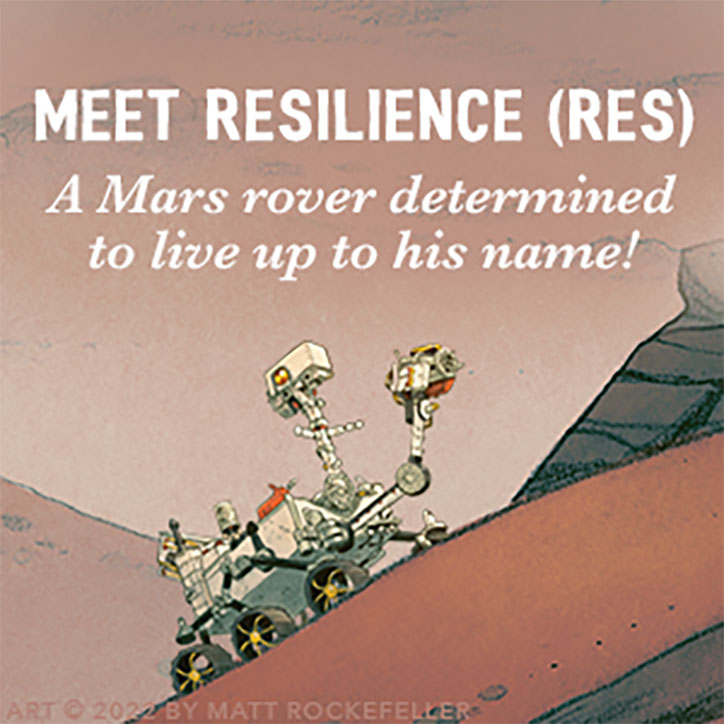
Finding Res’s Voice:
What does a Mars Rover sound like? That was the first question I asked myself when I sat down to write A Rover’s Story. I immediately knew that I wanted Resilience (Res), the rover, to be the narrator of this story, but I wasn’t quite sure what his voice would sound like. For a little while, I even considered writing the novel in third person because that seemed easier than trying to figure out what Res’s voice would ACTUALLY sound like.
But then I decided that what would make writing in first person challenging was also what was going to make it FUN. To design Res’s voice, I got to stretch my imagination. I brainstormed possible voices for my robot. Was he going to be funny? Quiet? Shy? Was he going to sound like C3PO from Star Wars or another robotic character from my childhood? How could I give him a unique voice that would help him to stand out?
In the end, I decided to use the same process for creating Res’s voice that I use for my human characters—I figure out their voices by figuring out their personalities. I make a list of words that they might like to use. These words usually have to do with things that are important to them.
Eventually, I settled on Res being a bit anxious and a bit tentative at first. He doesn’t yet really understand the world around him or his mission. But this also makes him a bit funny! He uses shorter sentences—much like I imagined a robot would. But as Res grows and learns more about his world, his voice shifts. He becomes braver and more sure of himself. He also coins a catchphrase for himself, but you’ll have to read the book to figure out what it is!
Crafting Dialogue:
One of my favorite parts of writing has always been dialogue. I love having my characters talk to one another! When I’m writing dialogue, I feel like I’m playing make believe, which was my absolute favorite thing to do when I was young. But A Rover’s Story posed a particular challenge when it came to dialogue. Since Res isn’t human, he can’t talk directly to the NASA scientists who work on him. So who was he going to talk to?
The answer? The other NASA vehicles and other technology that live in the lab! It was pretty fun to imagine what the tablets and phones would say. But my favorite part was designing the personalities for the other robots like Guardian (the satellite), Fly (the drone helicopter), and Journey (an identical Mars Rover).
One of the books I loved the most when I was young was Charlotte’s Web. While writing A Rover’s Story, I felt inspired by how the animals in Charlotte’s Web can talk to one another, but they can’t necessarily talk to the humans. I tried to take a similar approach when it came to working on the dialogue for this book—the robots have their own conversations that the humans aren’t aware of, which was really fun to imagine and create!
After writing this book, I frequently find myself wondering about whether my laptop talks to my cellphone…
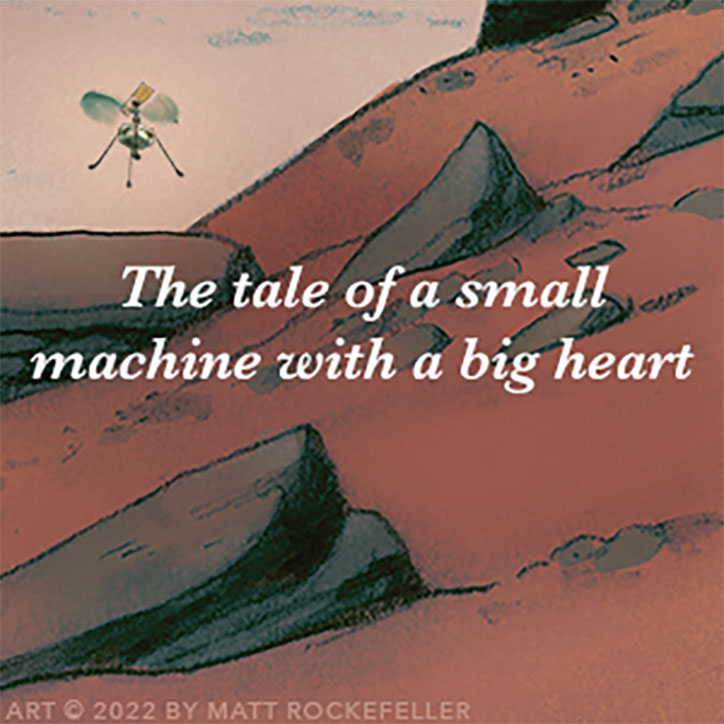
Do Robots Have Feelings?:
A big part of writing is trying to make your readers FEEL things. And one of the major ways to do this is to share with the reader what your main character is feeling. But figuring out what Res would feel was quite challenging. Do robots feel? Do robots have emotions? What does it really mean to be scared, to love, to be a friend? These were all questions I had to consider when writing the book.
I decided that Res would feel things, but at first, he would be worried about his emotions since he believes that robots aren’t supposed to feel things like fear or attachment. Have you ever had a feeling that you felt like was the “wrong” one? A feeling you were having but didn’t want to be? I definitely have, and I leaned into that experience while crafting Res’s emotional interiority. Eventually, he has to learn how to trust himself and his emotions, which is something I had to learn when I was growing up, and am still learning how to do today!
Lastly, describing Res’s emotions required me to really stretch my imagination. While I drew on my own understanding of feelings, I had to consider exactly how he would process these feelings as a robot. I couldn’t say things like “my heart raced” because Res doesn’t have a heart that operates the same way that a human heart does. So instead, I had to figure out other ways to express his emotions like talking about tension he might feel in his computer system or the way his wheels might feel tired after roving on Mars all day. This was both fun and a major challenge!
Accurately Describing Mars:
The next element of writing this book that was really tricky (but also exciting!) was figuring out how to accurately render the setting. I have sadly never been to Mars, but a big part of the book takes place there. How could I figure out how to describe it evocatively? How could I describe it so well that my reader would be transported there?
To start, I did a ton of research! I read and read and read about Mars. I scoured the NASA website for images. And then I read some more. I learned things about the texture and constituency of the soil on Mars. About the way the sky looks—in the morning, in the afternoon, and at night. I learned about the temperature there. (Spoiler alert: Mars is REALLY cold!)
I also learned things like Mars has two moons! And on clear nights, you can see Earth from Mars. I also learned that the atmosphere of Mars is much thinner than Earth’s, which can make for optimal star viewing on clear nights when there isn’t dust in the air.
Oh, did I say dust? Mars has tons of it! Dust storms, also sometimes known as dust devils, were something I did A LOT of research on because those dust storms can be quite dangerous for rovers, and Res has to contend with them while trying to complete his mission.
In the end, I incorporated all of what I learned from my research into the book. Specificity is one of the pillars of good writing, and my research enabled me to be specific when describing Mars, even though, it’s a place I’ve only ever been in my imagination! I’m hoping though that the details I’ve put in the book will also help readers to visit Mars in their own imaginations ?
Unlikely Friendship:
Ultimately though, the most fun part of writing from Res’s perspective was creating his friendship with Fly, the drone helicopter. Fly is based on Ingenuity, who is the drone helicopter who accompanied the rover, Perseverance, to Mars.
I decided Fly would be Res’s best friend, but I had to figure out exactly what that would look like. How does a rover have a best friend? How do they interact? So many puzzles to work out!
During my research, I learned that Ingenuity actually lives inside Perseverance, and I decided that would be the same for Res and Fly. What a funny dynamic to explore, right? Even if they get frustrated with one another, they are always connected!
In designing Fly and Res’s relationship, I thought a lot about how their personalities would complement one another. Think about your best friend—are you two really similar? In what ways are you different? Those were the same things I asked myself about Res and Fly, and I figured out that Fly would be the funnier, louder, more exuberant one. Fly encourages Res to have more confidence and to believe in himself. Fly also likes to sing songs to Res, which Res sometimes appreciates, and sometimes finds annoying ?.
Writing Res and Fly’s friendship truly was my favorite part of the writing process for this book. I got to learn lots of neat things about the drone helicopter—like how far it can fly, when it can fly, how it talks to the rover. But I also loved imagining the back and forth between Res and Fly as they work together to complete their mission.
A Rover’s Story is a book that at its core is about friendship and teamwork, and those themes are really brought out by Res and Fly’s friendship.
?FILL YOUR SHELF WITH EVEN MORE AMAZING READS?:
✨FIERCE READS: Our empowering pick of the month is Speak Up!, a new graphic novel about an autistic girl with a secret popstar identity!
?EERIE & MAGICAL: Perfect for spooky snz, Eden’s Everdark is about a girl mourning the loss of her mother who becomes trapped in a dark, mythical world ruled by a dangerous witch.
✨REVENGE IS SWEET: Sweet and Sour is an adorable new read filled with bestie betrayals, seaside summers, & first crushes!
